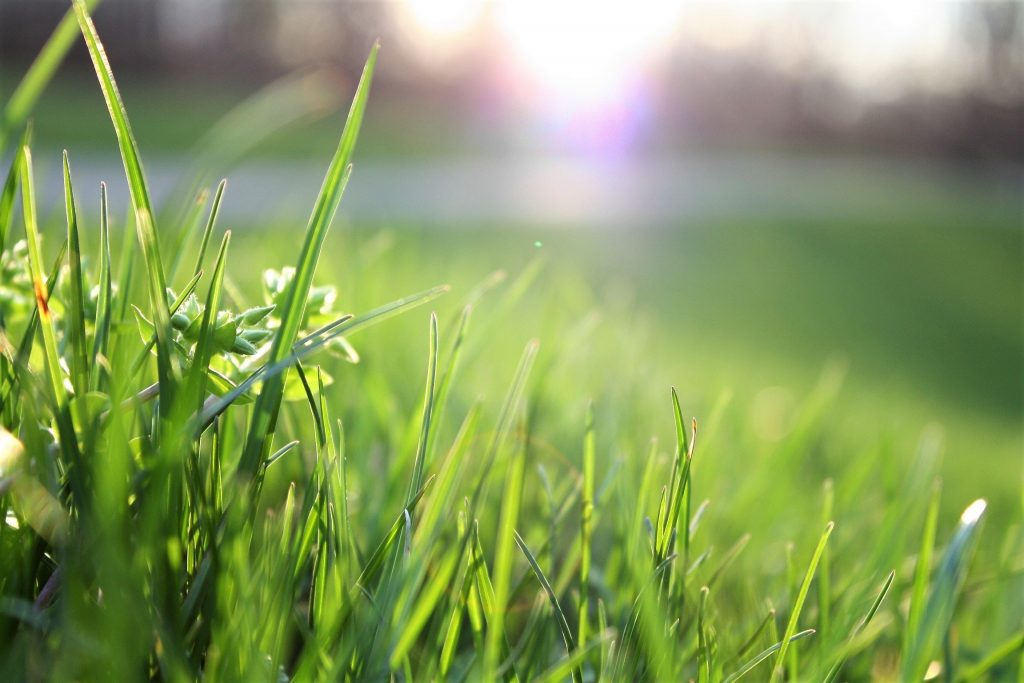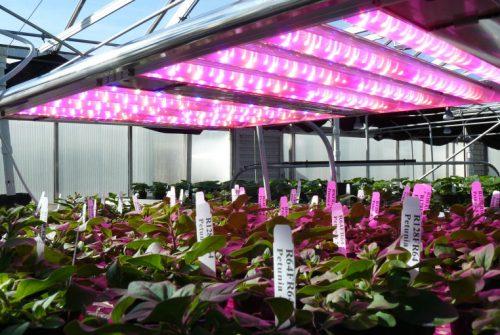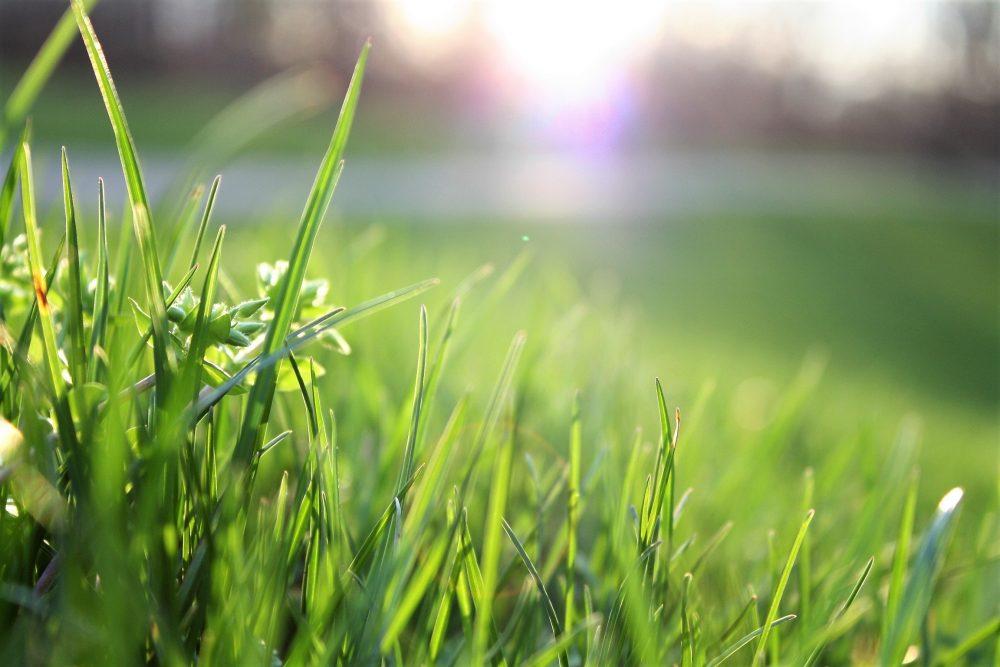The success and failure of a greenhouse project significantly rely on the proper sunlight. The common conception is; a greenhouse should get enough sunlight so that the plants can grow up properly. There is no wrong with this conception, but you have to be tactical at this point.
The sunlight requirement of a greenhouse depends on the season and planted plants inside the greenhouse. A maximum of 6 – 8 hours full sun is necessary for a greenhouse, especially in winter. Many plants grow well under full sun, so keep your greenhouse away from shades and trees. However, you can use the partial shade in summer so that the shade-loving plants do best.
Let’s look at the in-depth discussion of how much sun does a greenhouse need.
Where to Place Your Greenhouse to Get the Most Sunlight and Warmth?
Finding the right place for your greenhouse is crucial because some plants require more sunlight while others require less. Also, sunlight and warmth vary season-wise.
When the question comes, where to place my greenhouse, you should follow the below 2 options.
- Place your greenhouse to the north-south axis.
- Place your greenhouse to the east-west axis.
If your area’s climate remains colder most of the time in the year, it would be best to place the greenhouse to the east-west axis. This way, your outdoor greenhouse will get more sun in the colder months and adequate sun in the summer.
How Much Sunlight Does a Specific Plant Need?

The answer to the headlined question depends on several factors. An accurate answer is there, but it will not be helpful all the time.
The general thumb rule is; most greenhouse plants need 6 – 8 or even more hours of sunlight uninterruptedly.
How will we know How Much Sun Does a Greenhouse Need?
Greenhouse plants are sun-thirsty plants, and the requirement may or may not be adequate for some plants.
Lettuce, kale, and spinach are leafy vegetables that are shade-tolerant plants. Remember, from middle to late summer; leafy vegetables grow best under less sunlight. Don’t put them under heavy sunlight because these vegetables will taste bitter if they flower. So, less sunlight would help to prevent them from flowering.
Vegetables like carrots, radishes, and potatoes grow at their best in the medium sun. They require 3 – 4 hours of continuous sunlight in a day.
Additionally, tomatoes, squashes, and peppers are vine vegetables, and they need a full day of heavy sunlight to grow.
For your easy understanding, look at the below chart.
| Sunlight Amount | Plants |
|---|---|
| Shade-tolerant | Spinach, lettuce, kale, and other leafy greens. |
| Medium Sun | Potatoes, radishes, carrots, and other root veggies. |
| Full Sun | 1. Tomatoes, pumpkins, squashes, melons, peppers, and other vine vegetables. 2. Chilies, berries, and other fruits and vegetables. |
What Are the Hazards of too much Sunlight?
Sunlight is always a necessary thing for plants to grow healthy. But too much sunlight is dangerous for a few plants or trees. In the mid-summer days, the temperature of some areas gets very high because of the direct sunlight.
The plants can even die because of the higher exposure to the sun. Sun-loving plants such as tomatoes and chilies can get damaged if they are exposed to more than enough sunlight. The other leafy plants will get higher damage from tremendous sunlight. The root plants will suffer from this as well.
So, neither lack of sunlight nor too much sunlight is helpful for the greenhouse plants. In both cases, hazards will occur to the plants. The good news is; you can use shades to protect the plants in the greenhouse. It will protect your plants from overheating and keep your plants safe.
The green leaves can turn brown with overexposure to the sun. There is an option for using a more excellent or fan to balance the temperature inside.
When is Artificial Lighting Necessary?

Often, sunlight is not always enough to get the best outcome for your indoor greenhouse plants.
If your planted plants require full-day sunlight to thrive their best, but your greenhouse is getting shades of trees and buildings, then you will require artificial lighting.
Moreover, artificial lighting is needed when your greenhouse is in a northern latitude, but you want to get an earlier start on the growing season.
Additionally, in the winter and early spring, days are short; at this point, artificial light is beneficial too.
Natural light can also be supplemented by artificial lights that ensure your plant will get high light throughout the year.
But before taking advantage of artificial lights, you have to be cautious enough regarding the disadvantages. The selection of the wrong lights can do much harm instead of better. Some lights are available which emit too much heat that your greenhouse plants will become yellowish within a short time. This means picking the right artificial light is the key.
What Material Should I Choose for the Greenhouse?
You can choose between plastic, glass, and polycarbonate to cover your greenhouse structure.
The glass will give your greenhouse a traditional look and longevity is high compared to the other 2 types. But it is a fragile material.
Plastic is a good option if your budget is tight. Commercial gardeners prefer using plastic over glass and polycarbonate due to its toughness. Unfortunately, frequent replacement is required.
The popularity of polycarbonate is on increasing trend because it can conserve heat as expected and provide performance similar to glass. The bad news is, it is scratch-prone and mold can grow if fastened incorrectly.
Considering the pros and cons of different materials, pick the right one.
Last Words
The right amount of sunlight can increase the health and growth rate of the plants inside the greenhouse. Before building any greenhouse, you should acquire knowledge about how much sun does a greenhouse need. If you build a greenhouse without knowing it, the project will be unsuccessful.
Different plants need different times with the sun. Hopefully, this guide helps you to acquire the right information about it to let you achieve successful greenhouse gardening.
Related:

